Lepidoptera — the larval stage of butterflies and moths — come in all shapes and colors. Here are a few especially cool ones you can find around Raleigh.
Words and photographs by Mike Dunn

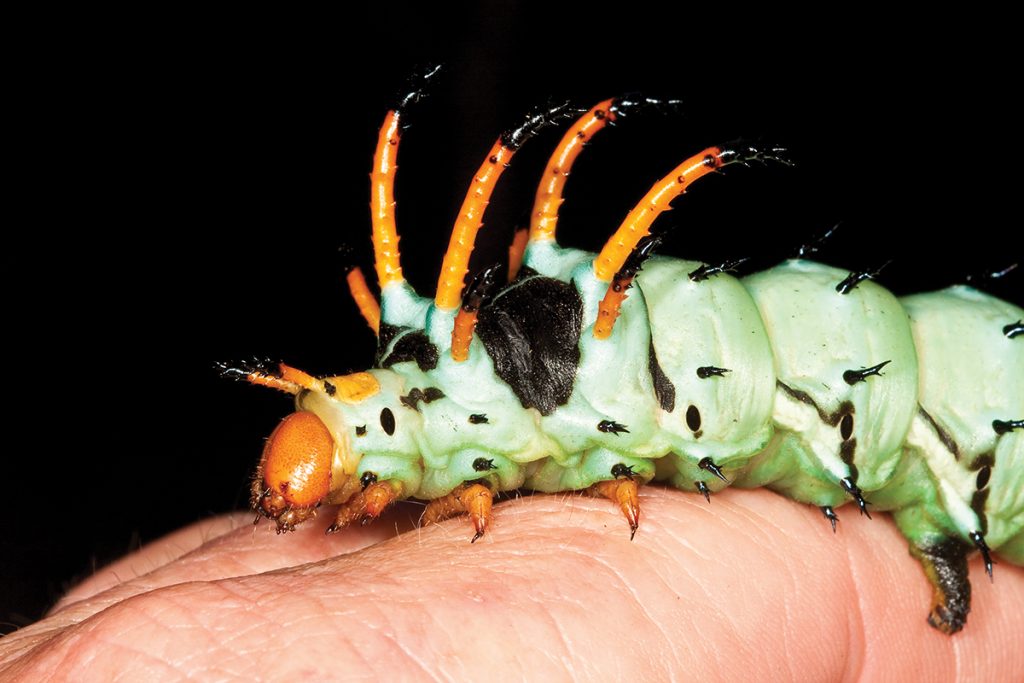
I have shared my fondness for caterpillars with you in a couple of previous columns, so I hope you don’t mind a bit more. The reason to revisit these amazing creatures is that the theme for this year’s BugFest event at the North Carolina Museum of Natural Sciences is the insect order Lepidoptera, or butterflies and moths. If you remember your elementary school lessons on life cycles, you can’t have either of those winged beauties without first having caterpillars. So there will be plenty of excitement and information about this marvelous group of creatures this year.
One of the best things about caterpillars is that they can be found almost everywhere. You can often attract them by planting the right native plants. Although many species of caterpillars are generalist feeders, some are only found on select plants (like the Monarch Butterfly caterpillars, which feed on milkweeds).
When you find caterpillars, they are fascinating to watch as they grow, molt, form a pupa and ultimately transform to a flying insect. Their variety of “attire” and striking forms are just a couple of the reasons that I have developed such a fascination for these cool crawlers.
So get outside this month and find the time to look closely and appreciate the wonder and diversity that surrounds us. Take a moment to sit with a caterpillar and admire it. Prepare to be amazed. If you want to know more, find me at the Caterpillarology tent at the museum’s BugFest event on Saturday, Sept. 14, in downtown Raleigh.
Here are a few of my favorite caterpillars that you can find in our area — if you take the time to look hard enough.
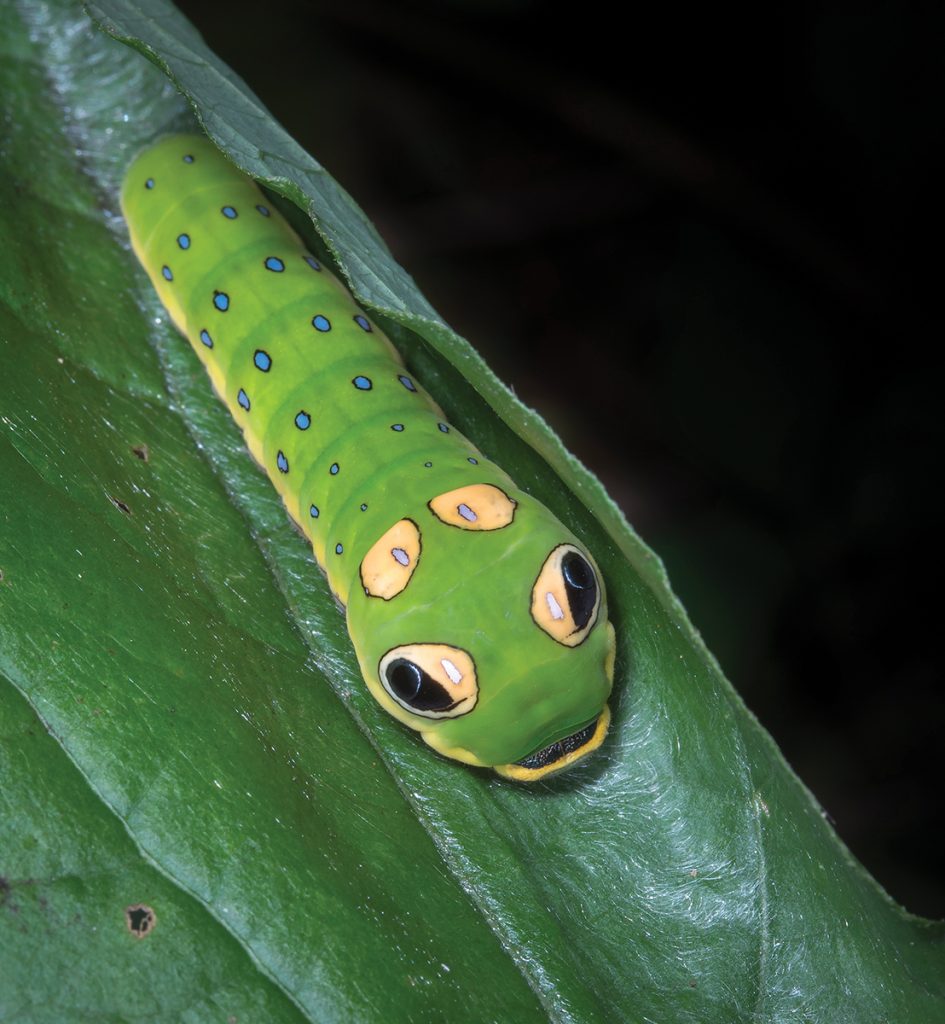
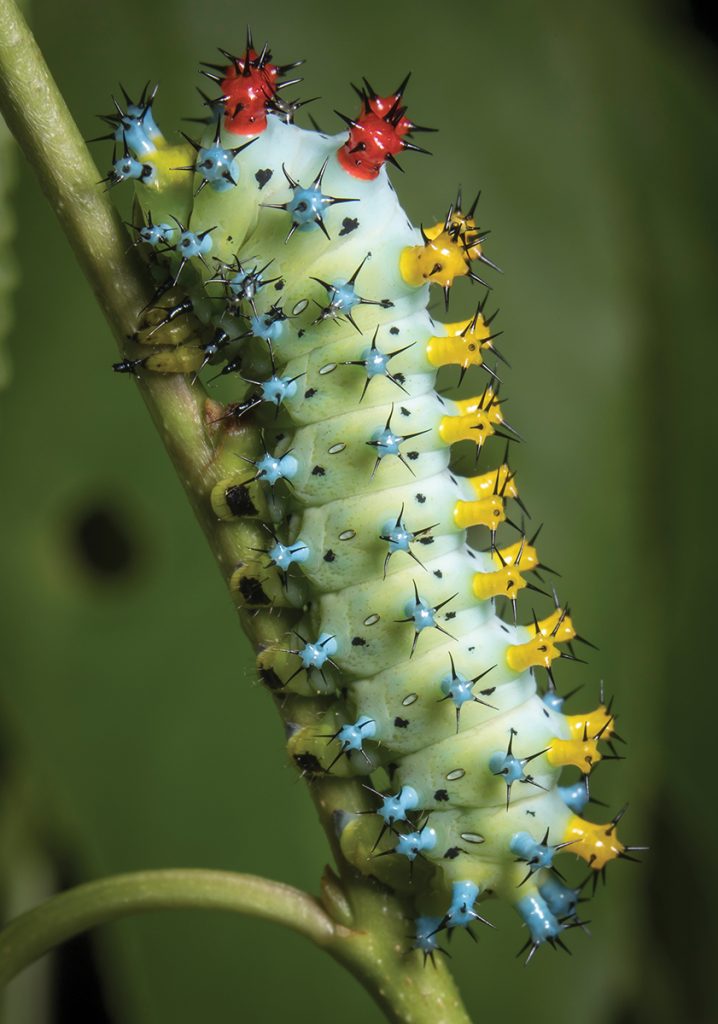

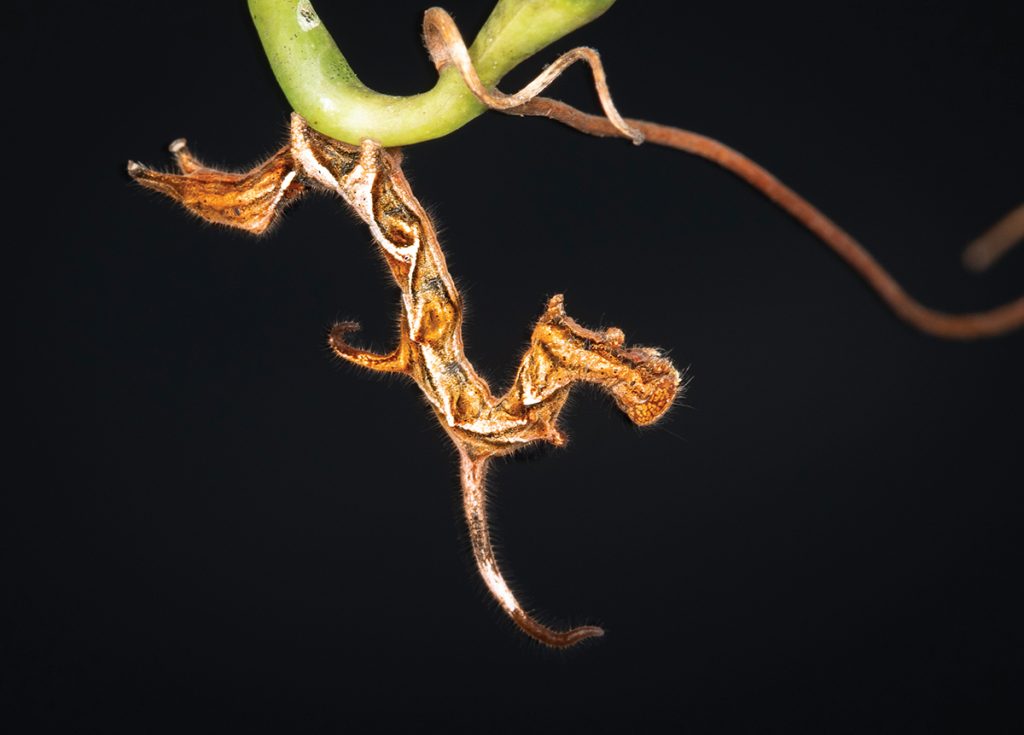
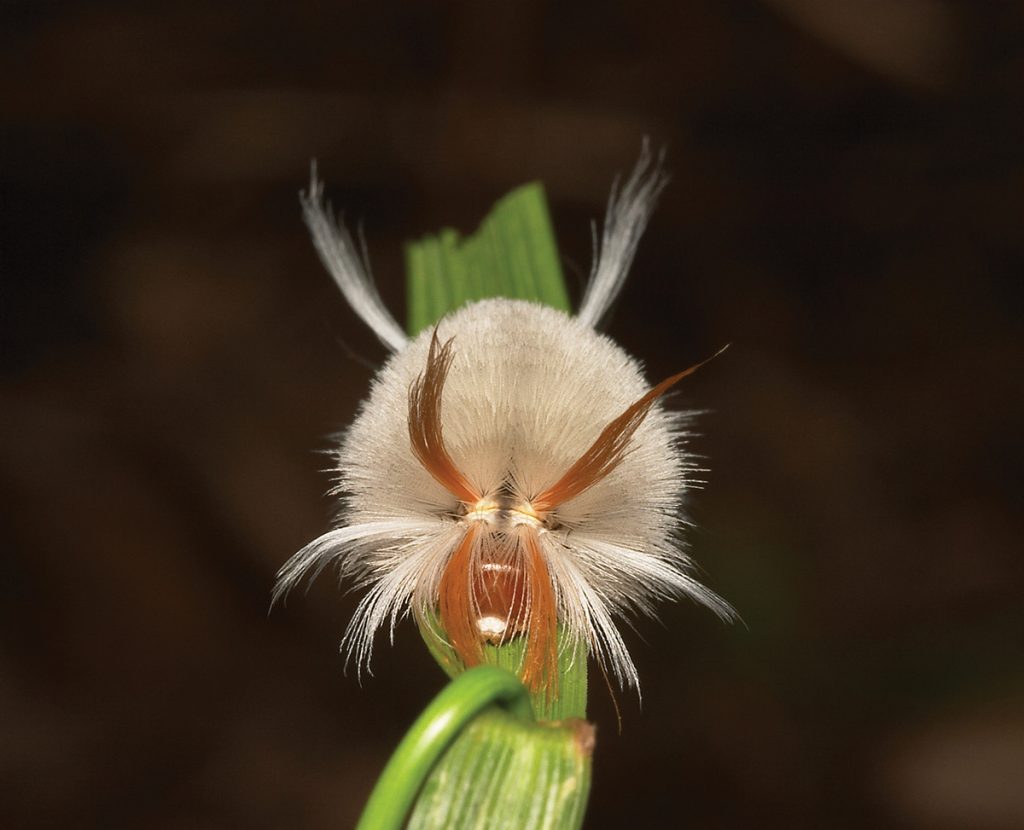

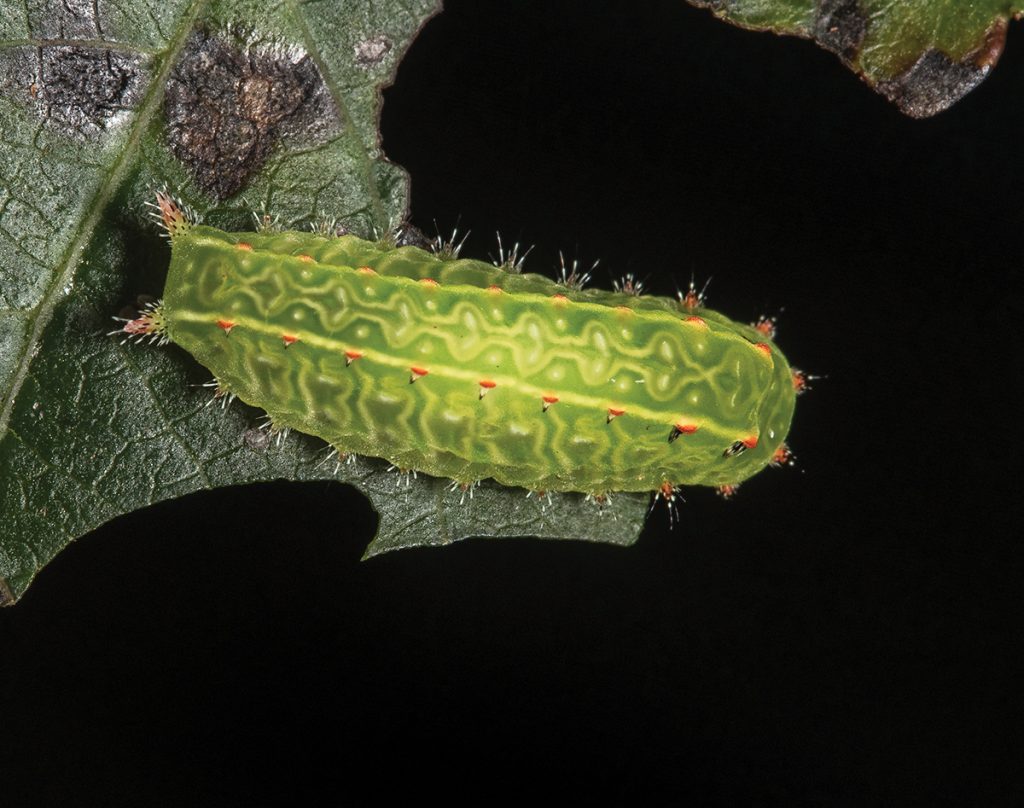
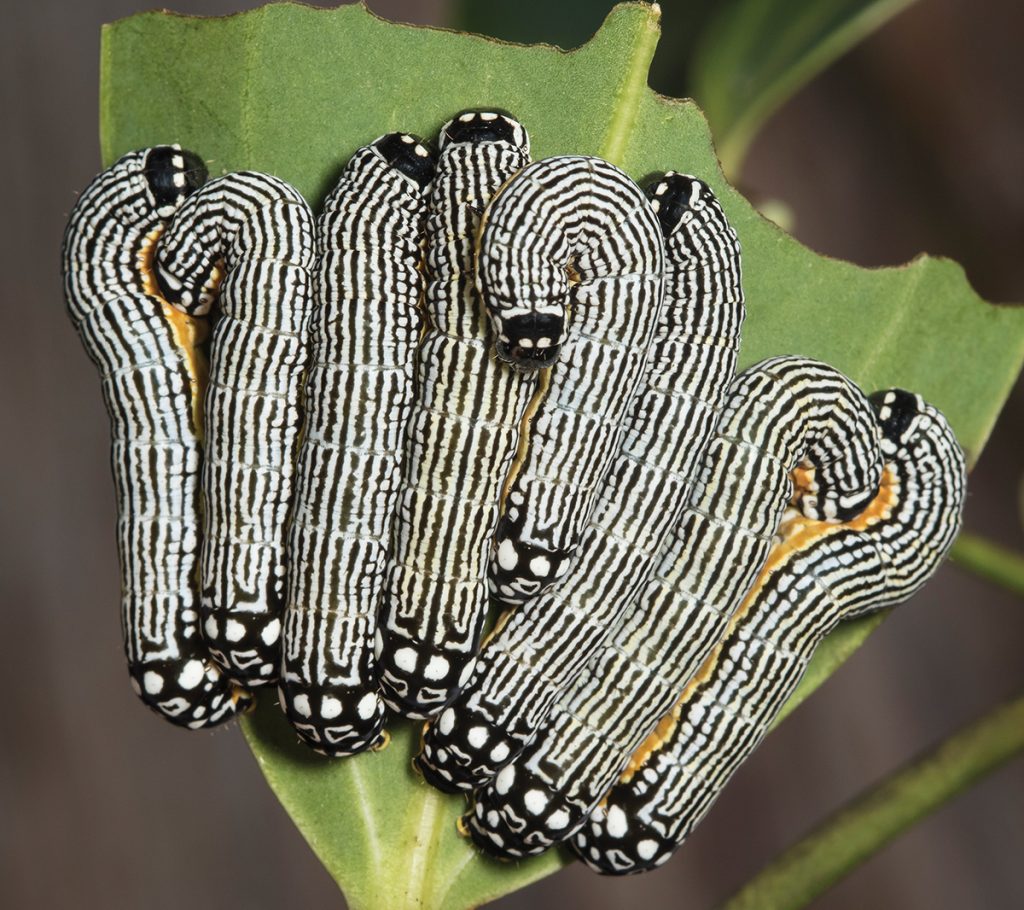
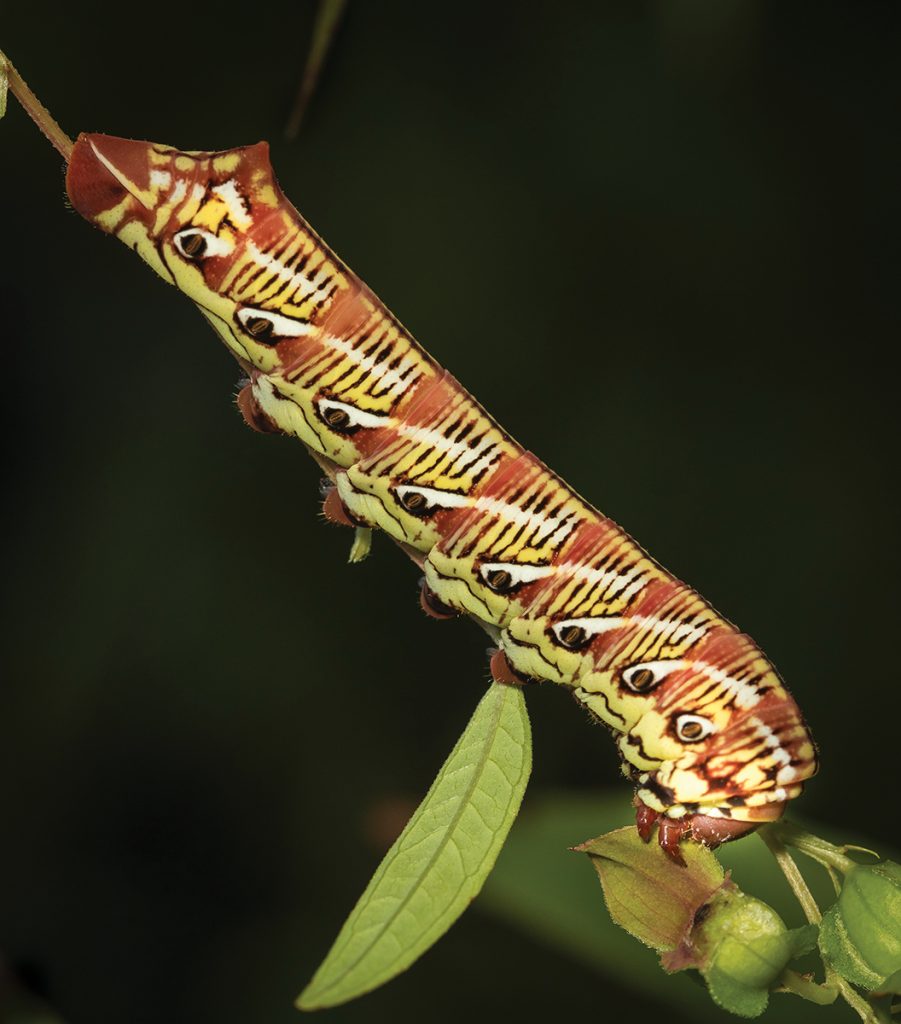
This article originally appeared in the September 2024 issue of WALTER magazine.


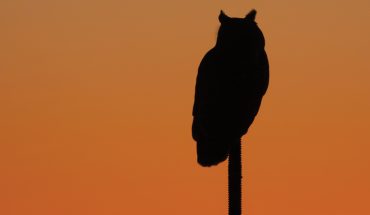
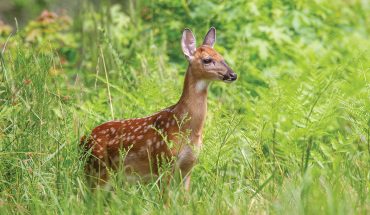
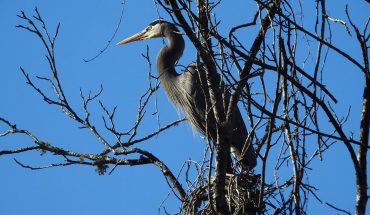
Pingback: Wild, Wacky & Wooly Caterpillars in Your Backyard - Brightgram